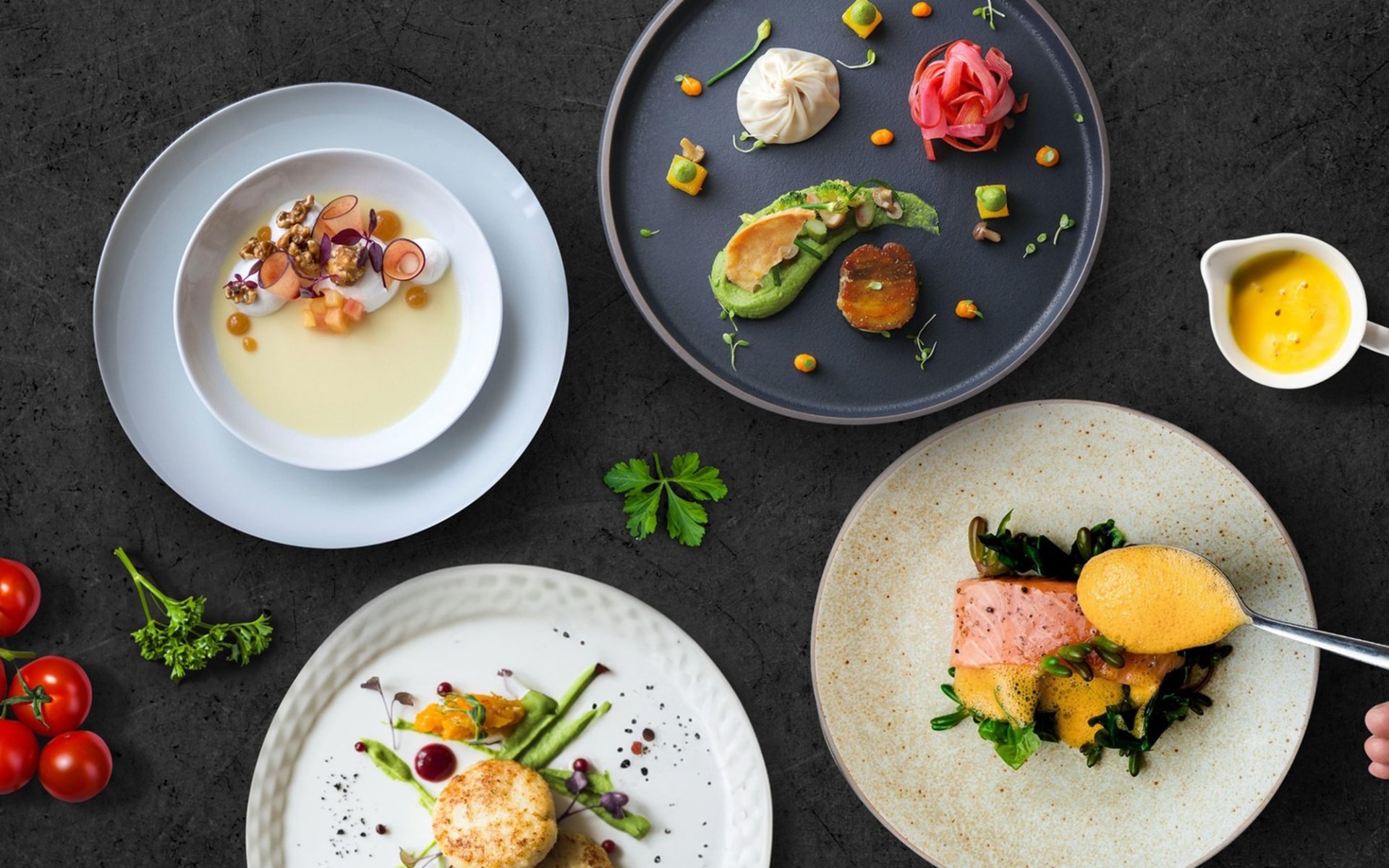The Art of Food Plating

In the culinary world, taste isn't the only crucial sense. Visual appeal, artfully arranged on the plate, is another sense that captivates the eye. Chefs utilize various plating techniques to elevate their dishes into works of art that not only tantalize the taste buds but also create a lasting first impression.
History and Philosophy of Food Plating
The art of food plating is a long-standing technique with origins in the French royal court during the 16th century. It's said that King Louis XIV instructed his chefs to present food in the most luxurious way possible. Since then, the culinary goal has been to create dishes that are both aesthetically beautiful and delicious.
The fusion of culinary science and artistic aesthetics has given rise to a fascinating realm of food presentation. As the proverb states, You eat with your eyes first. This means that as soon as a beautifully presented dish is placed before us, our eyes are the first sense to engage. Therefore, it's undeniable that the visual beauty on the plate significantly impacts our appetite.
Accessible and Creative Plating Trends
However, beautiful food presentation isn't limited to high-end restaurants. Anyone can create visually appealing dishes using simple tips, with numerous examples now available on social media platforms like Instagram and Pinterest, serving as inspiration for home cooks to pay more attention to plating.
Today, the trend of beautiful food plating has significantly evolved. Cooks are exploring various techniques, incorporating vibrant colors, unique shapes, and novel ingredients such as edible flowers, exotic herbs, or even gold leaf. Whenever they prepare food, they take care to plate it beautifully, whether for personal prid
e or to share on social media for others to admire their work.
Tips for Elevating Dishes with Beautiful Plating
Plating food beautifully is a skill that can be developed, and there are simple principles anyone can follow
- Choosing the Plate: Beautiful plating usually begins with selecting the right plate. You need to consider its size, color, shape, and suitability for the dish. When the food is arranged, the plate size should be just rightnot too large, which can make the food look sparse, or too small, which can make it appear crowded. The plate's color scheme should also complement the ingredients, enhancing the food's prominence.
- Using Color: Color can enhance a dish's appeal by almost 100% and also create a focal point for each dish. If you're new to using color, many chefs recommend using contrasting colors in your plating, such as red with green, orange with blue, etc., to create visual interest and draw the eye.
- Utilizing Space: Similarly, when arranging food on the plate, you'll often see dishes clustered in the center or on one half. This is done to create "negative space" on the plate, making the food stand out more and being visually pleasing. Our eyes will focus on a single point without distractions around the edge of the plate, making the dish look clean and more appetizing.


